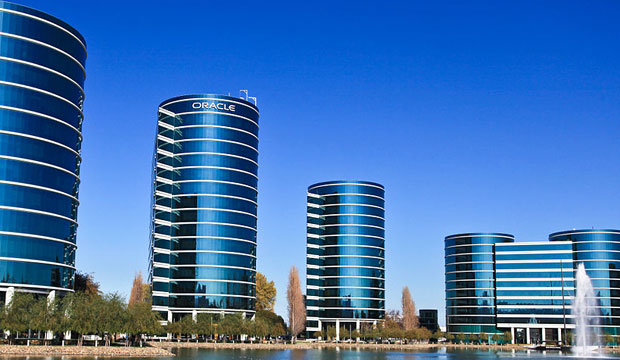Watching Oracle’s cloud strategy roll out has been interesting, to say the least, and it’s given me renewed respect for its approach to the market. As a company that has been public for a long stretch of time, Oracle has displayed all the warmth of an anaconda. (I have friends there, and they are not anacondas, but I hope they know what I mean.)
Oracle knows its business and it’s making money, and it does it unabashedly, so I can understand criticisms of its pricing model or high maintenance fees, for example.
However, what’s coming into sharp focus as the cloud rollout gains momentum is another side of the business that is aggressively customer-focused. No one is confusing Oracle’s dyed-in-the-wool engineers with teddy bears, and I am not certain that they always communicate their concern for customers in humanistic ways, but their actions have been quite impressive.
Oracle Gets It
Oracle seems to understand that its company and the industry at large are in the midst of a profound change. Casual observers, including some vendors, will call it a “digital disruption” or the “flight to the cloud,” but I think both miss the mark.
As a software company, Oracle has been involved in digital disruption since the last ice age. And, yes, we’re all moving to the cloud, some faster than others, but those who see cloud as simply a new version of the data center, or a data center in the sky, miss some very important points.
What’s happening today is nothing less than the commoditization of IT. To be fair, commoditization has been going on ever since Digital Equipment Corporation introduced its first mini-computer that could offload data processing from the mainframe. Commoditization took great strides in the last 20 years, though, with the introduction of the Internet and the smartphone.
The mini-computer left IT — or “MIS” at the time, for “management information systems” — fairly unscathed. If anything, minis enhanced the basic labor-intensive paradigm. Later innovations have done what innovations typically do late in an economic age — they introduced new efficiencies, automated rote tasks, consolidated effort, and generally wrung expense out of IT.
With all that, it was a matter of time before software felt the effects. Cloud computing is eliminating overhead and expense by taking jobs out of the data center and placing them where one expert can do the work of many others — where one machine, or a gaggle of them, can replicate whole data centers and their costs.
That’s the environment that Oracle sees itself playing in, and based on meetings I had last week with members of the company’s cloud business, it’s clear that Oracle gets it, and that it wants to lead the charge.
No Flank Exposed
If you look at its last few quarterly reports it’s clear that the strategy is working, as the company has been able to spur double digit year-over-year increases in its cloud business, making most, but not all, of its numbers.
What’s of interest is the unique path Oracle has carved for itself. While many competitors have offerings in cloud infrastructure or platform or SaaS, Oracle sees a need to be all things to its customers, which has been driving the above-mentioned charm offensive. Oracle’s installed base is so big relative to the market that the company has no choice but to compete in all things cloud.
For customers that initially want to run existing apps in the cloud, Oracle has a robust Infrastructure as a Service offering that replicates all aspects of the data center down the hall. For customers ready to scrap old apps or embrace new cloud apps, there’s a growing Software as a Service business. For partners, ISVs and systems integrators, there’s a platform that can knit everything together with a suite of accessory apps, like analytics, to produce new apps for the new era.
If you’re a financial analyst, you may quibble with the need to compete in all these areas. After all, isn’t infrastructure a low-margin business with cutthroat competition over megabytes? Similar things can be said for the other tiers — why not put all your eggs in the SaaS or platform business?
The answer is simple: because the competition wants to compete in all those areas too, and because you might not get to compete for the platform and SaaS business without all three — or perhaps more realistically, because leaving a flank uncovered invites competition.
We’re seeing a different side of Oracle, and it’s refreshing. The company always will be a tough competitor, and Larry Ellison always will obsess over database benchmarks and hardware intricacies at OpenWorld. However, the company also will attempt to do the right thing for customers, because it’s smart enough to know that in its own way it has to engineer relationships too.
This still might not make it a teddy bear, but in business it is about all one should expect.

























































